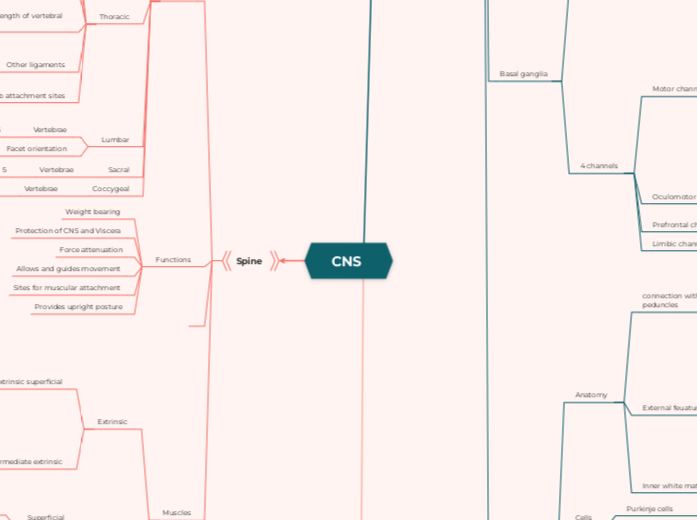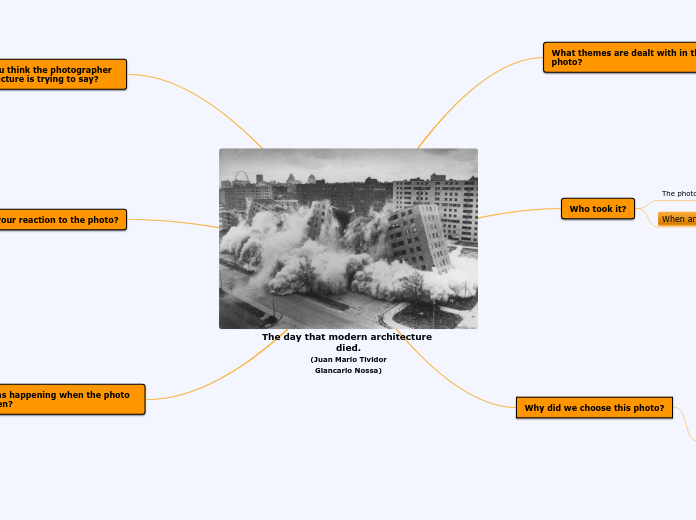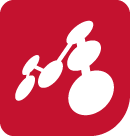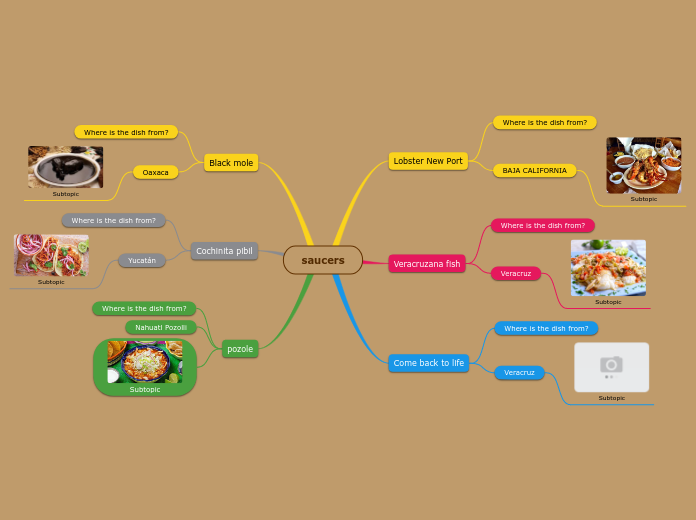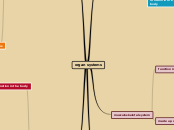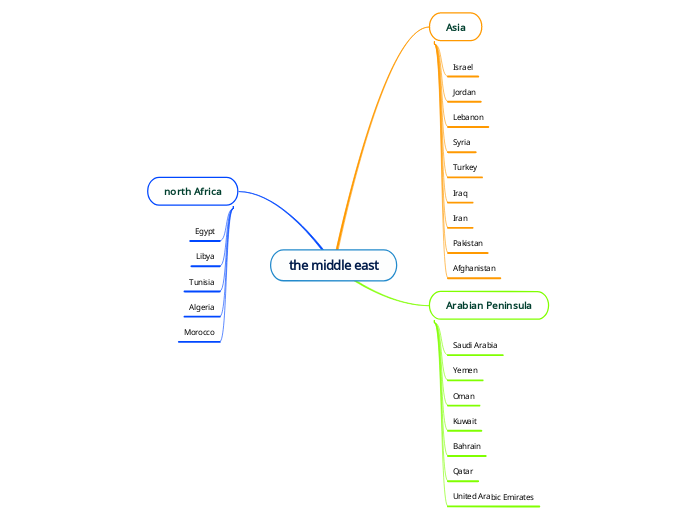Lumbar vertebrae
Thoracic vertebrae
Cervical Spine
Regions of the spine
Floating topic
3 branches of trigeminal nerve supplies
Circle of willis
CNS
Spine
Intrinsic
Deep segmental
Intertransversarii
Levator costarum
Interspinalis
Transversospinalis
Rotatores
Multifidus
Semispinalis
Erector spinae
Spinalis
Longissimus
Iliocostalis
Superficial
Splenius cervicus
attach to transverse process
Splenius capitus
Extrinsic
Intermediate extrinsic
Function for both: Respiration and proprioception
Serratus posterior inferior
Serratus posterior superior
Extrinsic superficial
levator scapulae
Rhomboid minor
Rhomboid major
Lats
Trapezius
Provides upright posture
Sites for muscular attachment
Allows and guides movement
Force attenuation
Protection of CNS and Viscera
Weight bearing
Regions
Coccygeal
3-5
Sacral
Lumbar
90 degrees
5
Thoracic
Rib attachment sites
Tubercle of rib
Demifacet of transverse process
Head of rib
Demifacet of vertebral body
Other ligaments
Superior and inferior costotransverse ligaments
Ligaments running the entire length of vertebral column
Supraspinous ligament
Anterior longitudinal ligament
Posterior longitudinal ligamnent
Facet orientation
60 degrees
Unique
Demifacets on transverse process: two on each side
Vertebrae
12 total
Cervical
Joints
Atlantoaxial
antlantooccipital
Facet
45 degrees
Nerves
8 nerves
Vertebrae
7 total
Craniocervical ligaments (C1 and C2)
Cruciate ligament:
Inferior longitudinal band
Transverse lig
Superior longitudinal band
Transverse ligaments: Supports posterior dens and prevents anterior translation of of atlas on axis
Apical Ligament
Alar ligament: secondary stabilization for transverse ligament
C3-C7 considered typical
Axis(C2)
Shaking head no
Dens process
Atlas(C1)
Nodding head yes
Distinguishing features: Foramina in transverse processes in which vertebral arteries go through and bifid spinous process
Communication
Neuron
Synapse
Chemical
Most common, USe of neurotransmitters
Electrical
Only in the CNS, gap junctions
Descending (motor) tracts
Rubrospinal
Decussates at midbrain
Starts in red nucleus in midbrain
ends T1
Fine coordination
Tectospinal
Decussates: midbrain
Starts in superior colliculus in mid brain
Ends at T1
Head and eye coordination
Reticulospinal
Posture and gait
Starts in superior colliculus in mid brain
Supplies the entire cord
2 tracts
Pontine
Medullary
Medial vestibuospinal
Originates at medulla and bifurcates at medulla
Ends at T1
Controls head and neck
Lateral vestibulospinal
Starts in the pons and supplies entire cord
Balance
Anterior Corticospinal
Ends at T10
Starts in cortex and bifurcates in the spinal cord
Voluntary movement for the upper extremity and trunk
Lateral corticospinal
Supplies entire cord
Starts in cortex and decussates in medulla
Voluntary movement for the whole body
Ascending(sensory) tracts
ALS Spinothalamic
Decussation: Spinal cord
F: Pain, temperature, crude touch
DCML
3rd order: VPL to post central gyrus
2nd Order: Medulla to VPL in thalamus
1st order: From effector to medulla
Decussation: At medulla
Originates in dorsal horn of SC
Terminates in post central gyrus
2 fibers
FC: T6 and up
FG: T6 and below
Function: Sensory info of fine touch,vibration and proprioception to post central gyrus
Brain
Cerebellum
PICA, AICA, SCA
Output tracts
Double crossing
Ventral spinocerebellar: Pain and temp coming from the lower extremities
Rostral spinocerebellar: Pain and temp from the upper extremities
Input tracts
DO not decussate ; carry propriceptive info
Dorsal spinocerebellar tract (Carry info from lower limb and lower trunk)
Cuneocerebellar tracts (Carry info from upper limbs and upper trunk)
Nuclei
Glubose
Balance, posture, and orientation
Fastigal
Estimate movement of the body through space
Emboliform nucleus
Regulates precision of limb movements
Dentate nucleus
Fine control of voluntary mvoements
Cells
Granule cells
Smaller ; use glutamate as MT and are excitatory
Purkinje cells
Largest in brain essential to output tracts
Anatomy
Inner white matter: Arbor vitae
External feuatures
Flocculo nodular lobe
Maintenance of balance, control of eye movements
Posterior lobe
Planning of voluntary activity
Anterior lobe
regulation of muscle tone, coordination of skilled voluntary movement
Peduncles
Extremities and trunk
Median vermis
Controls trunk
Two cerebellar hemispheres right and left
control extremities
connection with brainstem by cerebella peduncles
Inferior cerebellar peduncle: Connects with medulla
Middle cerebellar peduncle: Connects with pons
Superior cerebellar peduncle: Connects with midbrain
Basal ganglia
4 channels
Limbic channel
Regulation of emotions
Prefrontal channel
Cognitive processes of frontal lobe and behavior control
Oculomotor channel
Conttrols eye movement, saccadic eye movement
Motor channel
Indirect pathway
Striatum
GPE
Subthalamic nucleus
thalamus inhibited
Breaks movement
Subthalamus nucleus releases glutamate which stimulates GPI and SNR, these release GABA to the thalamus and movement is inhibited
Striatum, GPE, Subthalamus nucleus, GPI, SNR, thalamus
Direct path
Cortex
Striatum(GABA inside)
GABA
GPI and SNR
NO GABA
Thalamus
Glutamate
To stimulate motor cortex
Structures involved
Striatum releases GABA to inhibit GPI and SNR, so no GABA is released to the thalamus , movement is stimulated
Striatum, GPI, SNR, thalamus
Most important blood supply of the basal ganglia: Lenticulostriate arteries(small vessels off the MCA)
Cranial nerves
Heavenly
Hypoglossal(motor)
Supplies: Extrinsic and intrisic muscles of the tongue
F: Swallow, speak, move stuff in mouth
FO: Hypoglossal canal
are
Accessory(motor)
Supplies: SCM, trapezius, pharynx , soft palate mm
F: Flexion of neck, contralateral head rot, elevates and retracts scap
FO: Jug foramen
vacations
Vagus(both sensory and motor)
Supplies: Pharynx, larynx, thoracic and abdominal viscera, epiglottis, aortic arch
F: Main parasympathetic nerve; supplies 75% of organs
Fo: Jugular foramen
good
Glossopharyngeal(both sensory and motor)
Supplies:
F: lift pharyn and larynx, taste posterior tongue, blood pressure
FO: Jugualr foramen
very
Vesitibulocochlear(sensory)
Supplies: Vestibulobranch(Some fibers reach cerebellum though inf cerebellar peduncle) ; cochlear branch
Involved with: Lateral and medial vestibulospinal tracts
F: posture, static and dynamic balance *mostly sensory
FO: IAM
final
Facial(Both sensory and motor)
Supplies: Muscles of facial expression, anterior 2/3rds tongue
F: Muscles of facial expression, taste, sensation of touch, pain, temperature *Helps with corneal reflex
Fo: Internal auditory meatus
anatomy
Abducens(motor)
Supplies: Lateral rectus
F: Eye movement
Fo: Superior orbital fissure
If CN6 affected: Esotropia
the
Trigeminal (Both sensory and motor)
V3: Mandibular
V2: maxillary
V1: Opthalamic
Supplies: Muscles of mastication amongst others
F: Sensation of pain, Blink reflex(corneal)
V1 Fo: Sup orbital fissure
V2: Fo: Foramen rotundum
V3 Fo: Foramen ovale
takes
Trochlear(motor)
Only one that starts in dorsal view
Supplies: Superior oblique
F: Eye movement
FO: Superior orbital fissure
one
Oculomotor(Motor)
Supplies: eye muscles
Involved with: Tecto spinal tract
F: Controls pupil size
FO: Superior orbital fissure
once
Optic(sensory)
Pathway
eye --> Nerve --> Optic chiasm--> Optic tract--> Lateral geniculate body
Supplies: Photoreceptors
F: Vision, light reflex
Fo: optic canal
Oh
Olfactory(Sensory)
F: Smell
Fo: Olfactory foramina
Connects to reticular formation, and amygdala
Blood supply
PCA feeds
Medial inferior temporal and occipital lobe, thalamus and hypothalamus
MCA feeds
Basal ganglia, lateral inferior frontal, parietal, inferior temporal)
ACA feeds
Medial frontal and parietal lobes, part of the basal ganglia
Circle of willis(6)
ACA, ICA, MCA, ACOMM, PCA, PCOMM
Posterior circulation(7)
PCOMM, PCA, Basilar, SCA, AICA, PICA, vertebral
Anterior circulation(4)
ACA, ICA,ACOMM,MCA
main arteries supplying the brain
Internal carotid artery
Vertebral arteries
Protection
Skull
Fossa
Posterior fossa
Jugular foramen
Houses CN 9,10,11
Internal acoustic meatus
Houses CN 7,8
Middle fossa
Spinosum
CNV3
Rotundum
CN v2
superior orbital fissure
Houses CN 3,4,V1, 6
Anterior fossa
CN 1, CN2
Neurocranium
Ethmoid, frontal, occipital, parietal, sphenoid, temporal
Viscerocranium
Maxilla, mandible, zygomatic bones, lacrimal bones, nasal conchae
Brain development
Rhombencephalon(hind brain)
Myelencephalon
Medulla oblongata
Metencephalon
cerebellum , pons
fourth ventricle
Mesencephalon(midbrain)
Mid brain (brain stem)
cerebral aquaduct
prosencephalon(forebrain)
Diencephalon
thalamus, hypothalamus, epithalamus, retina
third ventricle
Telencephalon
Cerebral hemispheres, cerbral cortex, basal ganglia
Embryonic Development
Stages
Fetal
Myelination takes place
End of week 8 to conception
Embryonic
Formation of neural tube occurs
Tube -->CNS
Crest--> PNS
If it DOES NOT close
Spina bifida
Stage 2 development
Dermatomes
Skin
myotomes
Muscles
Sclerotomes
Bones
Mesoderm develops into
Muscles, skeleton, excretory and circulatory systems
Ectoderm develops into
Epidermis
nervous system
sensory organs
Endoderm develops into
Gut, liver, pancreas, respiratory system
day 15 to week 8
Pre embryonic
embryonic disk forms(ectoderm, endoderm)
mesoderm forms toward end of stage
Conception to day 14
Lobes
Insula
Sensorimotor processing
risk reward
Emotional processing
Taste
Gustatory cortex
Occipital
eye movements
Spatial reasoning
Visual perception
Calcarine fissure (medial occipital lobe)
*seperates cuneus and lingual gyrus
Lingual gyrus
Cuneus
Primary visual cortex
Secondary visual cortex
Parieto occipital sulcus
Temporal
Language comprehension
Auditory processing
memory
Auditory association area
Primary auditory cortex
Heschells gyrus
Sylvian(lateral) fissure
Wernickes area(left side)
Speech comprehension
Parietal
Functions
Subtopic
Somatosensory info: Pain, touch, pressure, temperature, vibration
Spatial information or proprioception
Lateral ventricles
Where CSF is made
CSF made from choroid plexus
Flow of CSF through the brain:
1. Lat ventricles
2. Interventricular foramina
3. 3rd ventricle
4. Cerebral aquaduct
4th ventricle
5. Spine
6. Back to blood
Wernickes extends into inferior paietal
Post central gyrus
Primary somatosensory cortex
frontal
Functions
impulse control
motor movement
Executive function
Structures
Brocas area (left side)
Brocas aphasia
speech production
Precentral gyrus
Primary motor cortex
